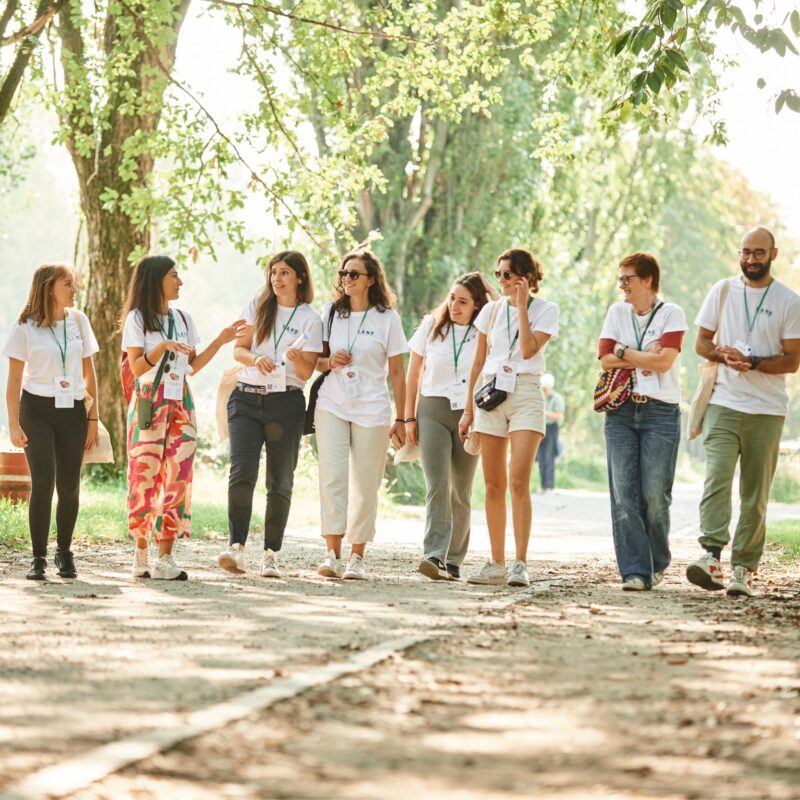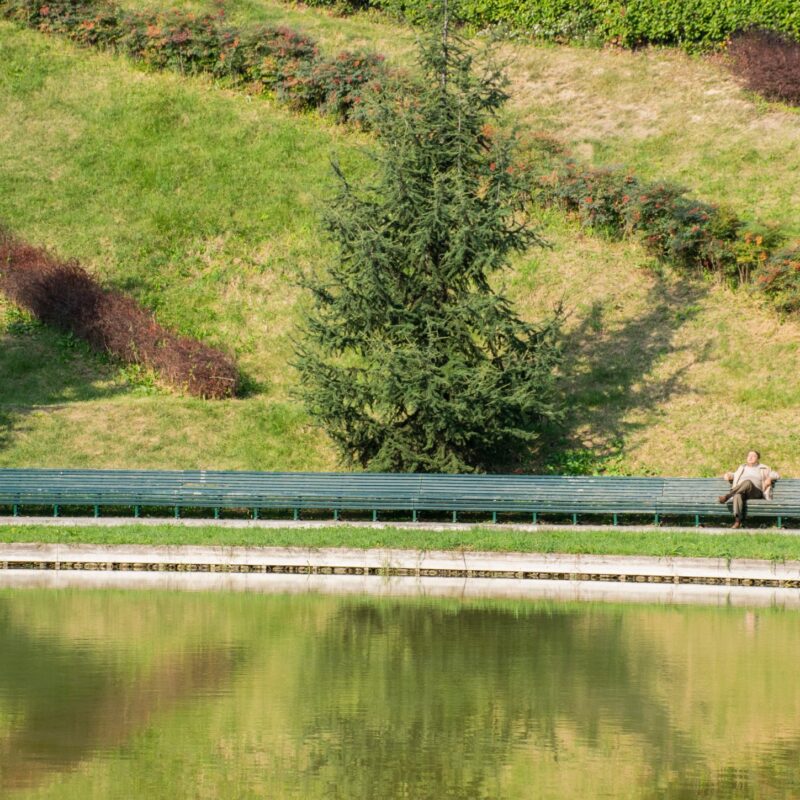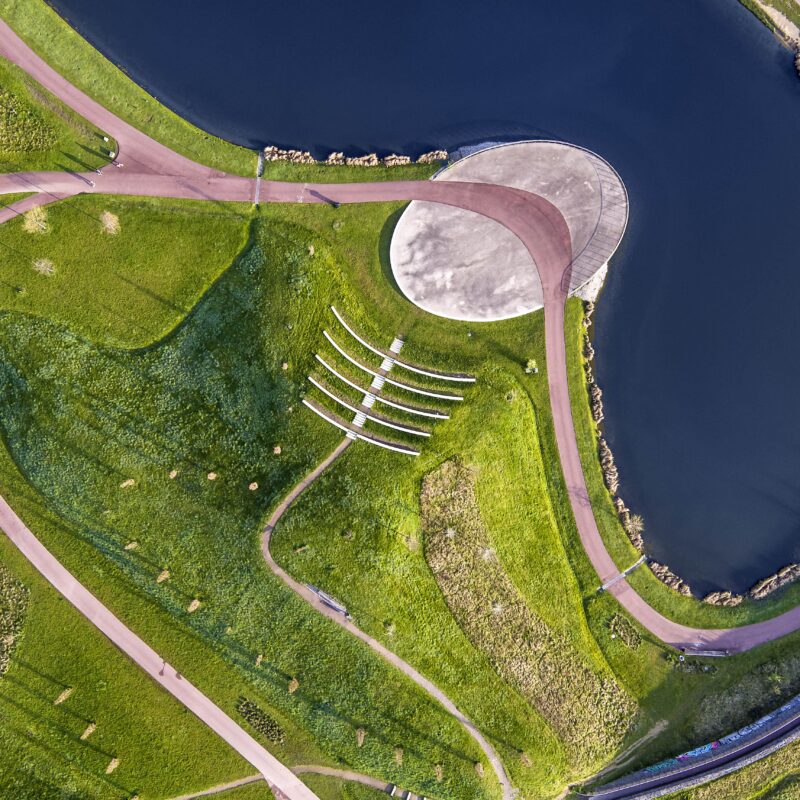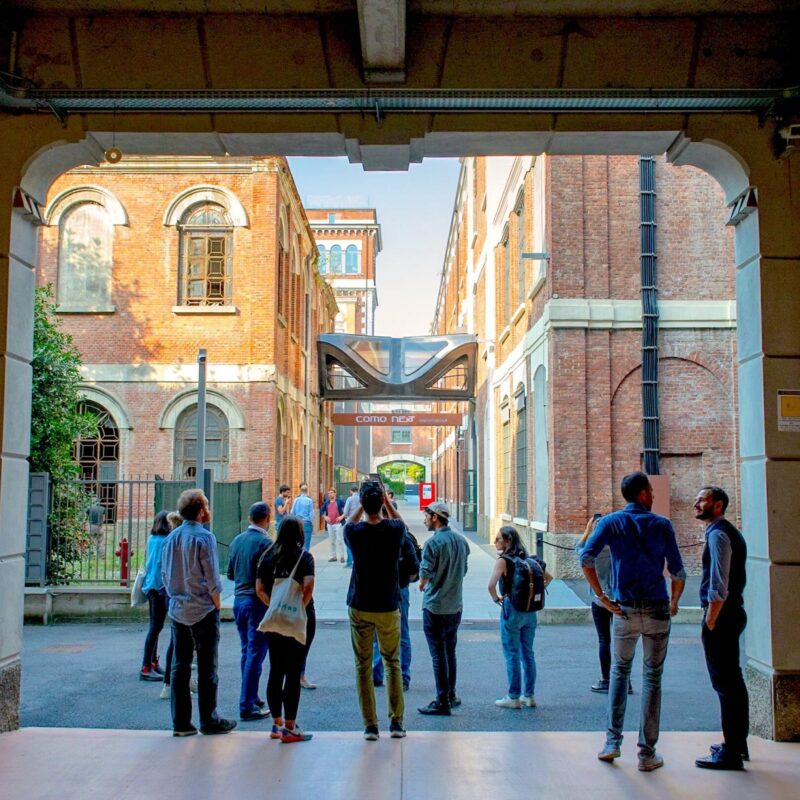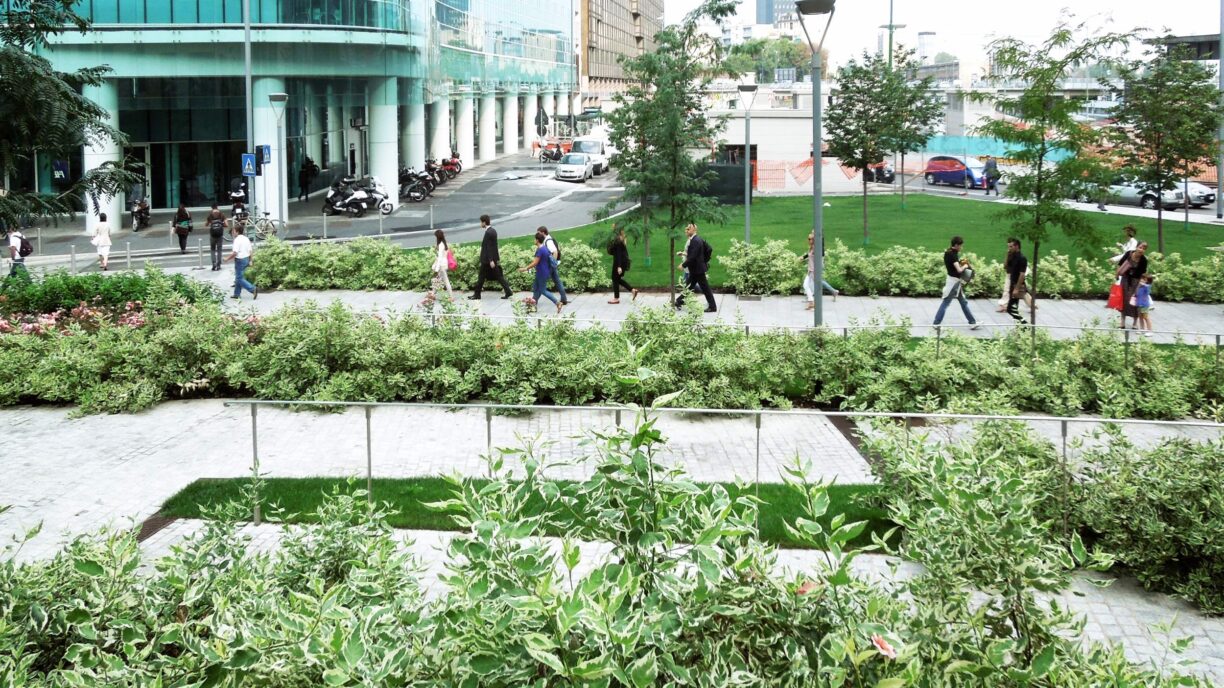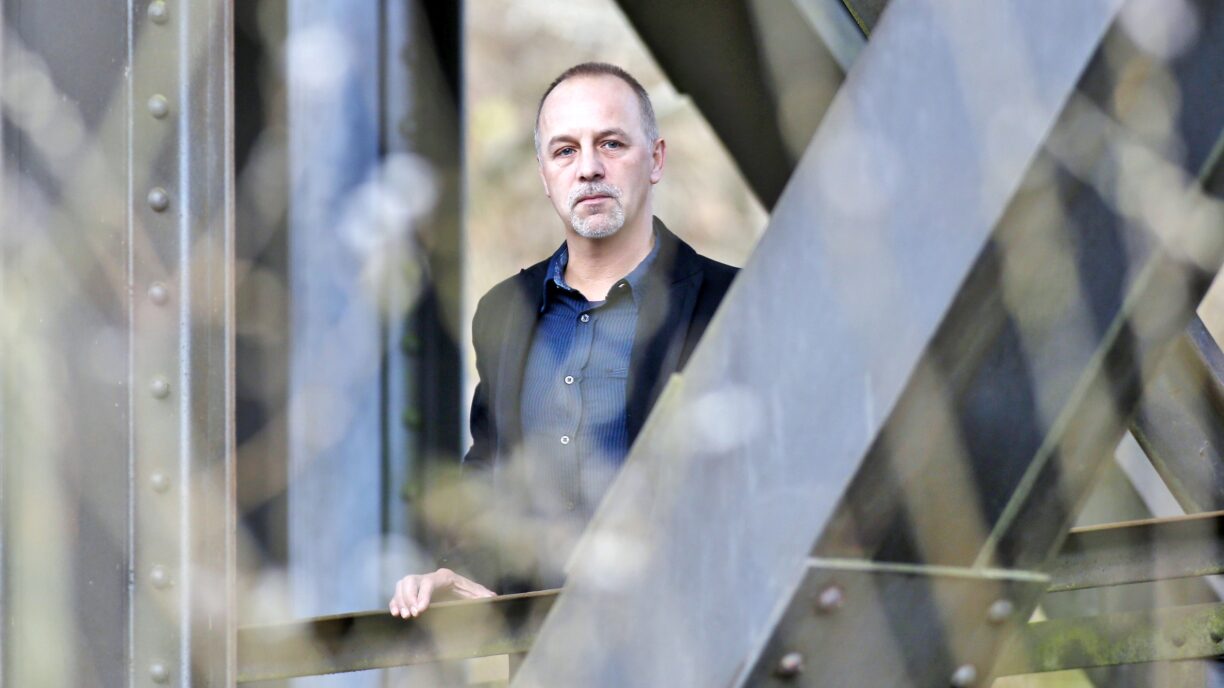
Rethink your Landscape
Landscape has always been a backdrop to every human activity, and in this respect it helps create not only the identity of places, but also everyone's individual identity, becoming part of each person's memory and the vision of a possible future.

Thinking Together
In an activity for the Rethink Public Space course at the Politecnico di Milano taught by Andreas Kipar, students were asked to present themselves and their history through images that represented their family landscape, everyday landscape, and their vision of a future landscape. The works of ASWIN JOSHY and DILIP PAREEK of India and ANA CECILIA TROBBIANI of Argentina were selected for presentation here.
To imagine a future landscape, we must remember our own origins, cultural identity, and everyday experiences. Dreams and desires come together through the challenges we face.
Initiative by Giuliana Bonifati, Architect, PhD, LAND
For us designers, exploring the relationship between humans and nature through the eyes of new generations becomes a fundamental tool for imagining, building, and cultivating the landscapes of the future.

Aswin Joshy, India
Native Landscape
Green Harmony: A Unique Landscape
Born and raised in Kerala, India, a land of green harmony. Mountains, valleys, backwaters, and beaches fill the beautiful landscape of Kerala, truly making it “God’s own country.” The landscape I grew up in always provided a true and elegant example of how nature itself can be so varied and bring harmony to a space, something any landscape should do.

Current Landscape
An Absence of Harmony: A Lack of Green
A landscape that reveals how green needs to take control within a built environment. Attempts to maintain a harmony that’s absent, great efforts to sustain a character that’s absent. Green has become just an element of beauty, while sustainability requirements make concrete buildings a top priority.

Future Landscape
Power to the Green
A landscape becomes ideal when nature fully takes over. A landscape should never be how people want it to be – instead, buildings should have to fit into the current landscape.

Ana Cecilia Trobbiani, Argentina
Native Landscape
Simplicity in Diversity
Argentina is known as a country with highly diverse landscapes. Tourists from all over the world come to see the wonders that nature can offer. Still, my favorite familiar place is the spot under the Ceibo tree (Argentina’s national tree) in my grandparents’ garden.

Current Landscape
Water as Decorative Setting
In Italy I found water to be a key natural element. A lot of cities have a river as the main attraction, and people develop a sense of belonging to it. In addition to that, a waterway may run along various productive landscapes typical of the area, such as vineyards.

Future Landscape
Shared Nature
The future landscape is uncertain and will depend on the decisions we make now. Overall, my wish is to find a balance in nature and find interdisciplinary solutions in order to provide quality spaces for both humans and animals.

Dilip Pareek, India
Native Landscape
Jaipur: the Pink City’s Enchanting Tapestry of Regal Beauty and Vibrant Traditions
Jaipur, India’s “Pink City,” is a mesmerizing place with its desert charm, regal palaces, and forts, telling stories of a bygone era. It captivates through vibrant traditions, enchanting rituals, melodies, and a kaleidoscope of resplendent hues in traditional garments.

Current Landscape
Melodic Reverie: a Canvas of Milan’s Enchanting Tapestry
I created Milan, capturing its ethereal essence with culture, architecture, and balcony gardens. Amidst visual marvels, I painted harmonious melodies embracing the city’s musical soul. A celestial tableau emerged, where Alps meet the heavens, iconic landmarks seen through Monte Stella’s embrace.

Future Landscape
Balancing Urbanization and Nature: Embracing Elevated Landscape Parks
Rapid urbanization and infrastructure growth threaten natural landscapes globally. To mitigate this loss, elevated landscape parks may be necessary. Envisioning a war-free future, one can imagine a world where airplanes scatter flowers instead of bombs.
Read other Articles from this Edition
